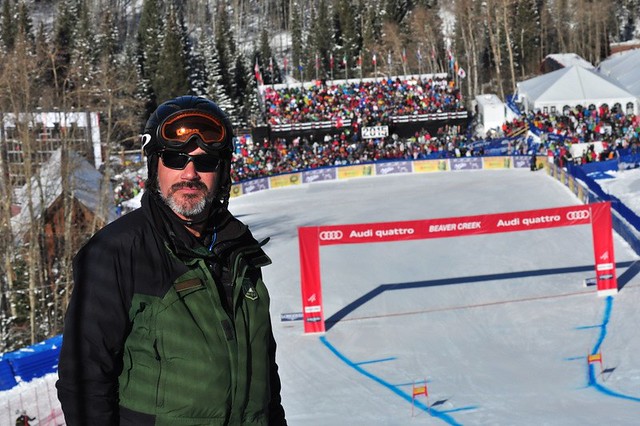
Americans hit the slopes about 57 million times a year, and when they go, they spend billions of dollars.
The USDA Forest Service plays a role in this industry — a big one. The National Forest System is home to 122 ski resorts. That’s just a quarter of the total across the U.S. Despite this, nearly half the visits from skiers are to resorts on national forests.
So besides being on a national forest, how does the whole thing work?
“The Forest Service manages the land, performs environmental analysis, and issues special use permits to operators that build and maintain facilities,” said Sean Wetterberg, Winter Sports Program Manager for the USDA Forest Service.
This arrangement has allowed for $5 billion in private investments on national forests. These investments might be in the form of new construction, improvement, or repairs of buildings and infrastructure. Beyond that, operating and maintaining resorts takes staffing, and that means more than 41,000 full- and part-time jobs.

As visitors support resorts through purchases of lift tickets, food, equipment rentals, and merchandise, the ski areas pay fees to the United States Treasury based on their revenue. This has resulted in the American people earning $45 million in fees in 2016 alone. While many Forest Service programs, including timber, grazing, and energy production, generate revenue for the U.S. Treasury, ski areas regularly outperform them all.
Spending is not limited to the resorts, though. Many of the rural communities surrounding the forest and the resorts benefit from these visitors, and, according to Wetterberg, they can be big spenders.
“Those coming for skiing tend to spend more than most — about $3 billion every year,” said Wetterberg.
The visitor numbers and economics of winter sports on national forests are impressive. More impressive still is that national forests are home to world-class winter sports events.

“We’ve hosted the World Alpine Ski Championships three times, the 2002 Winter Olympics, and that same year we became the home of ESPN’s Winter X Games,” said Don Dressler, USDA Forest Service Mountain Resort Program Manager.
Dressler says that even after the snow is gone, the access and amenities resorts provide make them ideal for hosting events like the GoPro Mountain Games, held every year on the White River National Forest.
Mountain biking and foot races have always been popular outside ski season,” Dressler said. “Now zip-lining and other activities are adding to that list of off-season sports that make the resorts on our national forests even more accessible.”

